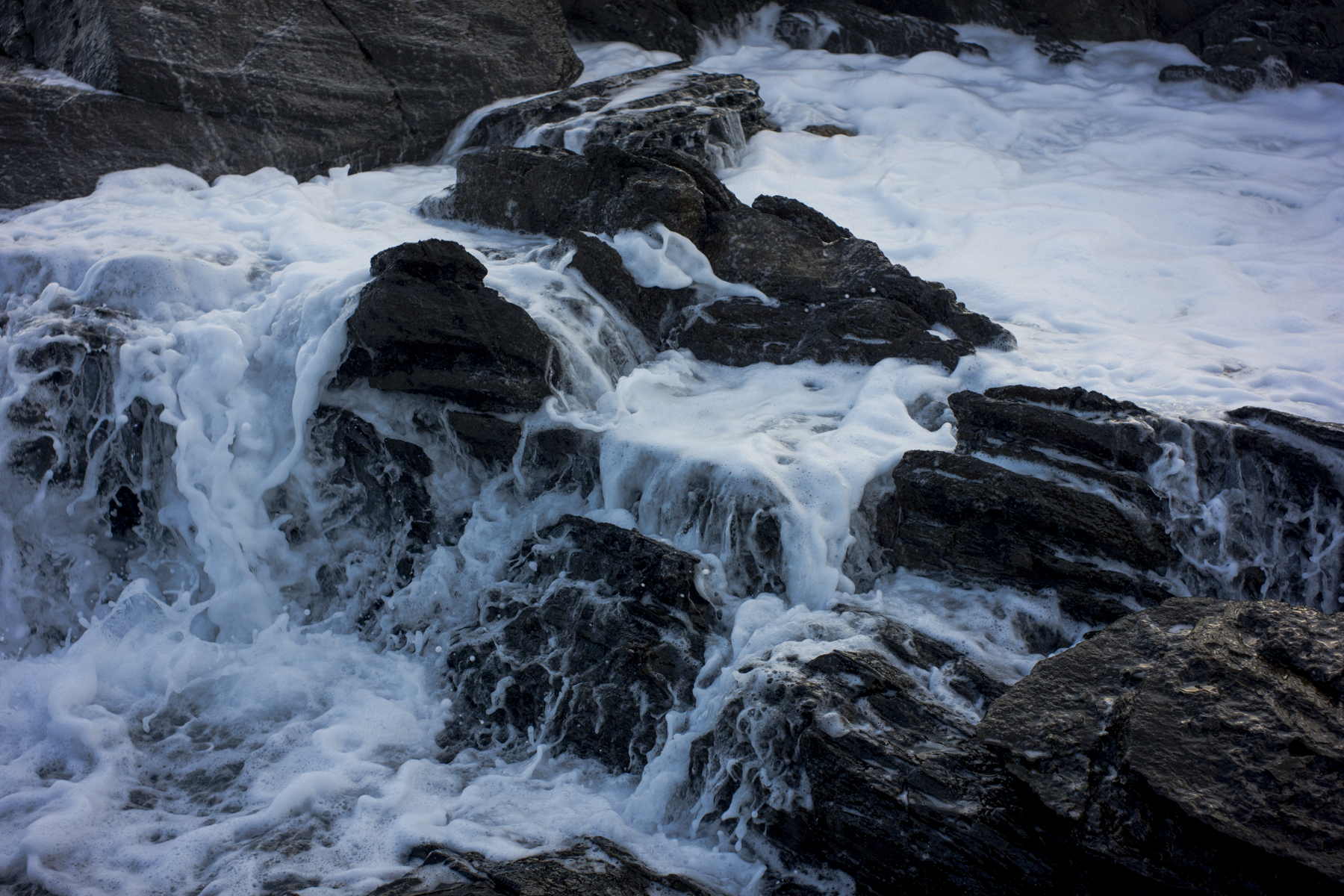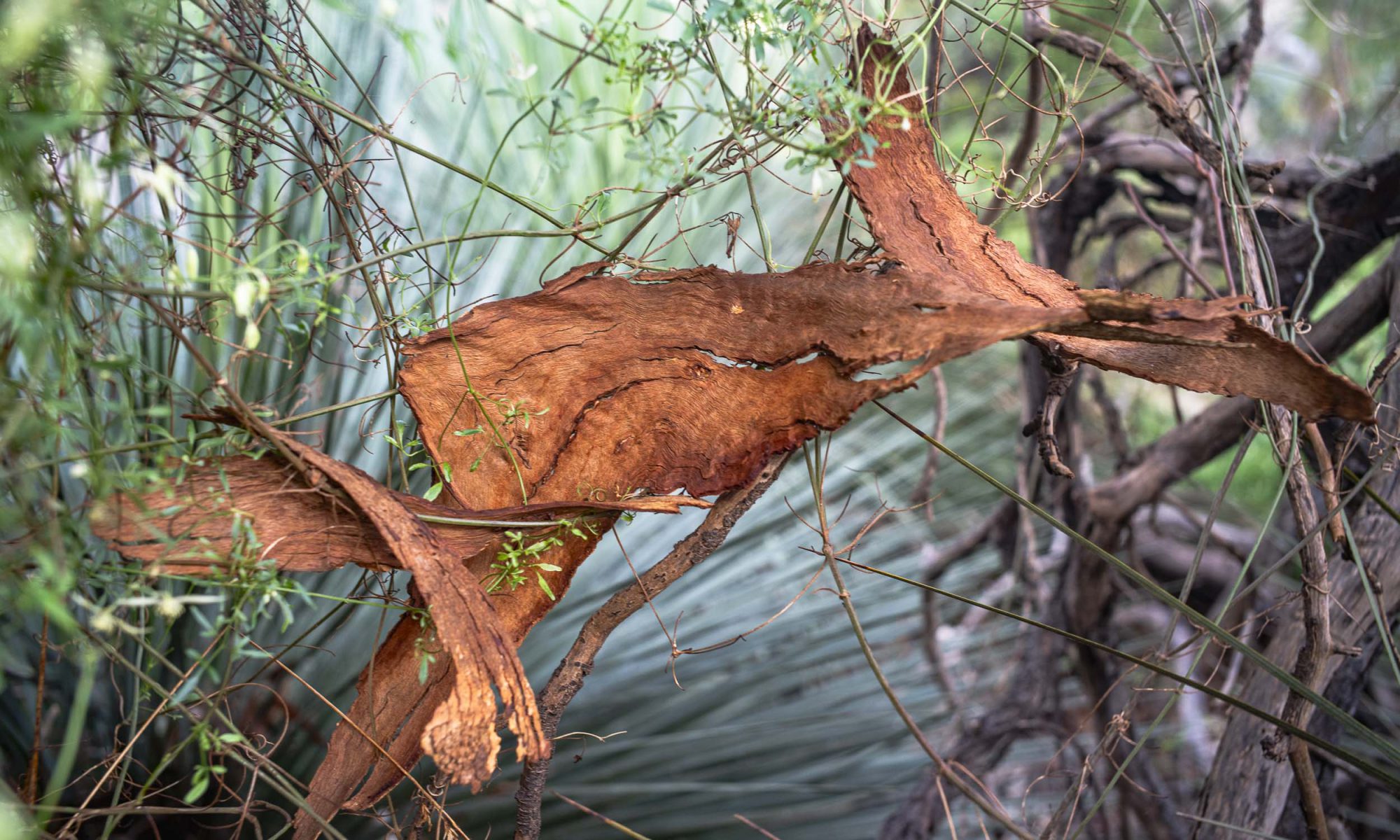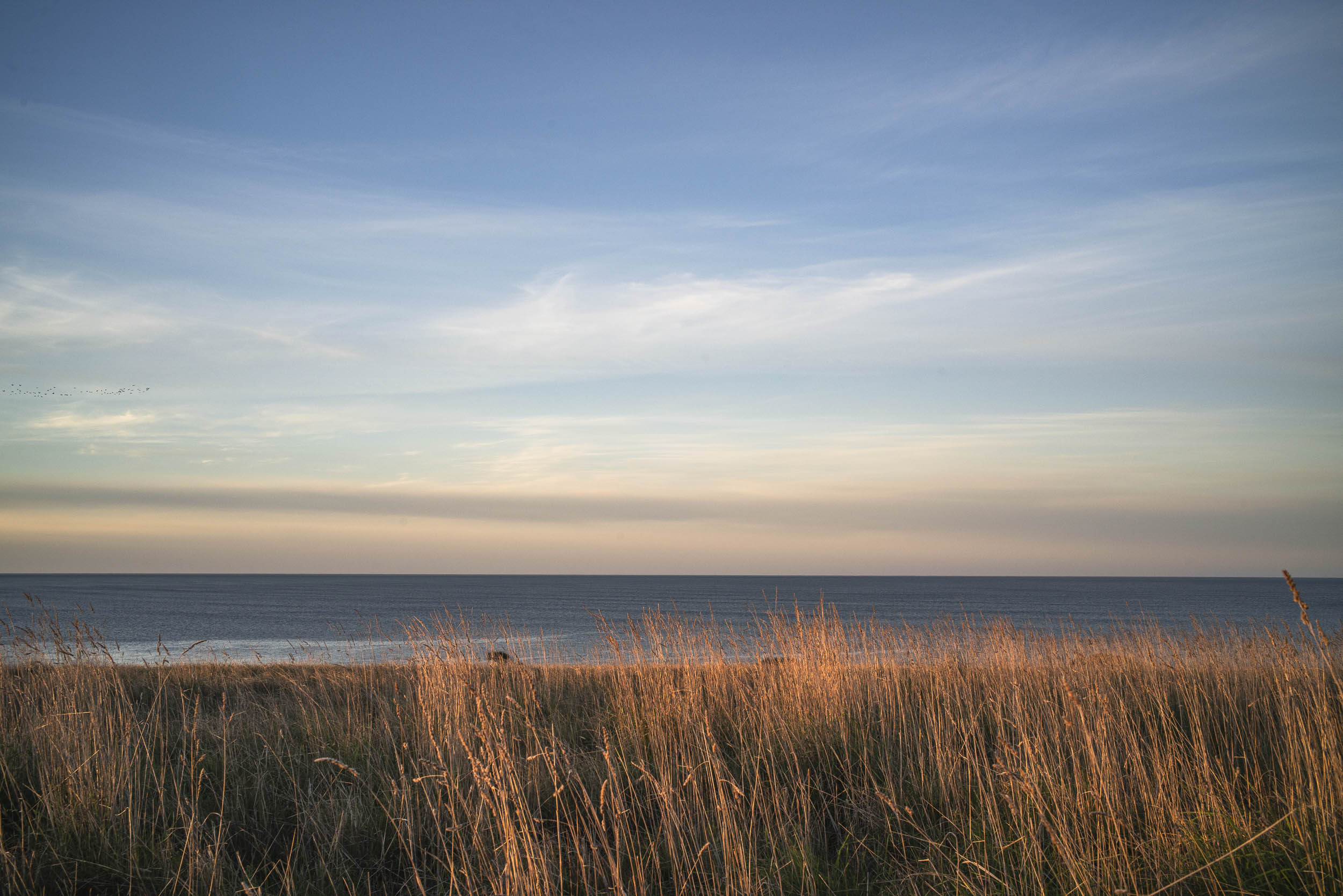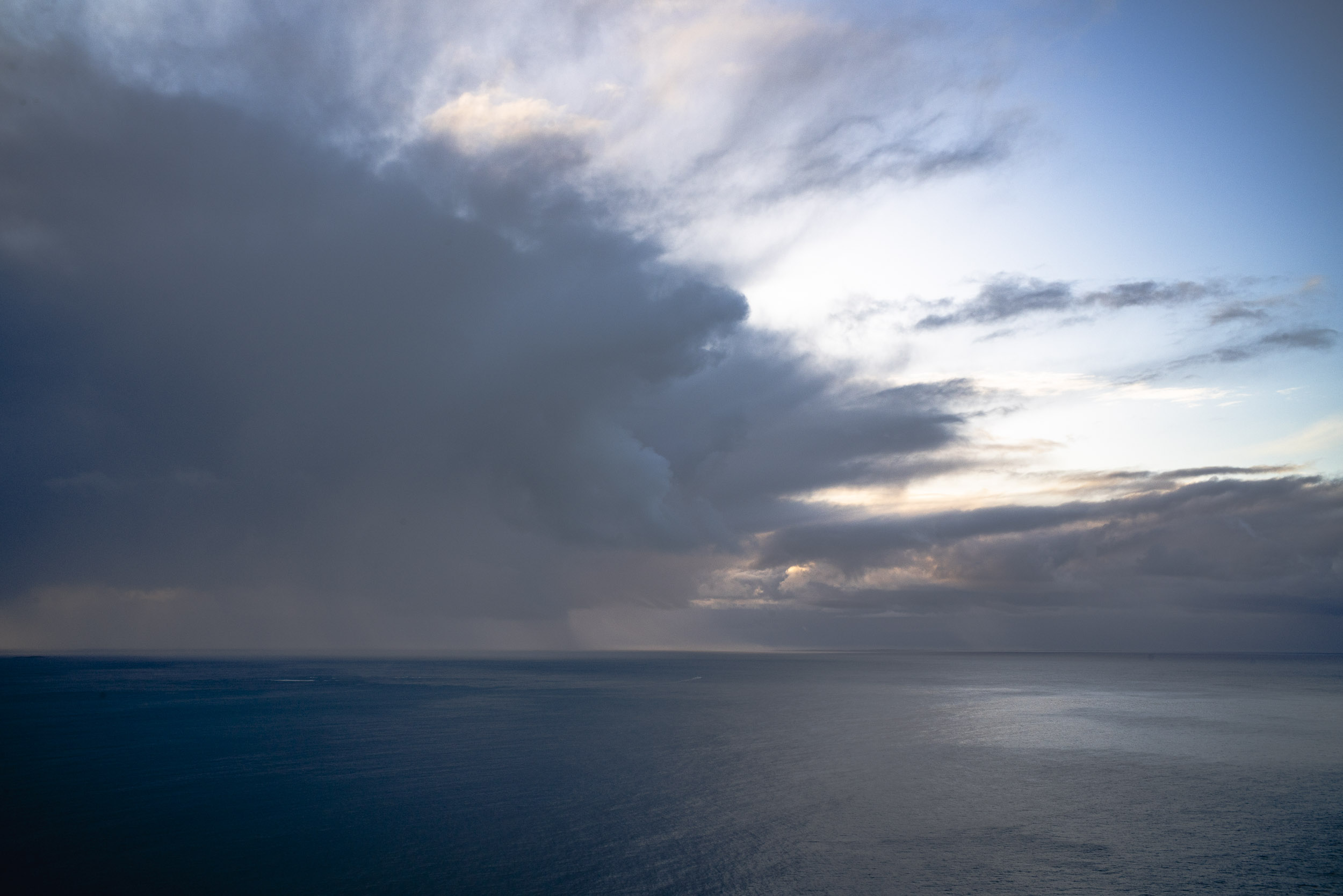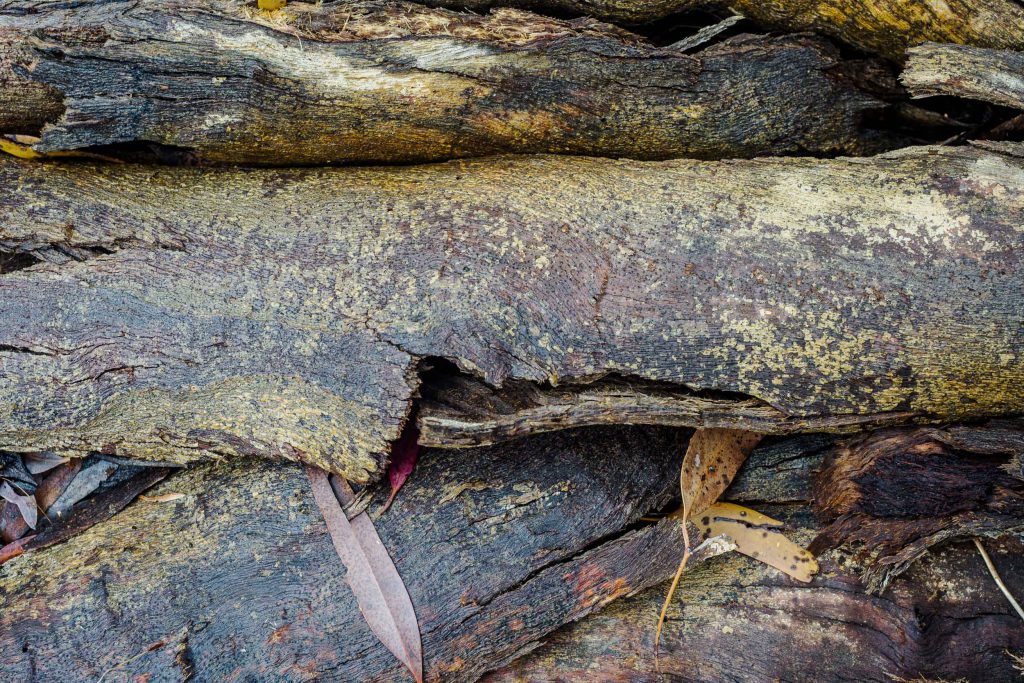This is a construction of my daily morning poodlewalk in the local Waitpinga bushland with Maya, in South Australia’s windy, southern Fleurieu Peninsula. Maya is our standard poodle and is just over a year old. The bushland, which is in Ngarrindjeri country, is paddock size; and it was probably saved from becoming grazing due to Landcare in the late twentieth century.
The construction aims to show that photography is more than the photograph, or the object represented as an image or an artwork . It aims to highlight photography as a bodily activity, experiential process or performance. Walking art presupposes an aesthetics of embodiment — a sentient lived body, rather than just a physical body. Bringing aesthetics closer to the realm of everyday life and practice means bringing the body more centrally into focus. Our sensory perception depends on how the body feels or functions and what it desires, does and suffers.
The walk begins after I’ve parked the car at the Waitpinga Rd end of the unsealed Depledge Rd shortly after first light. We walk along Depledge Rd prior to sunrise judging the length of the walk so that we enter the messy and chaotic bushland just on sunrise. So it is a low light situation photographically speaking in a windy location.

We start walking by making our way to, then along, some of the trails through the bush that have been made by the kangaroos:
The walking is a haphazard wandering as I keep a photographic eye out for what is changing, ephemeral, momentary or simple. This approach to photography is underpinned by Japanese aesthetics that understands reality as constant change (impermanence or mujo); that the world of flux that presents itself to our senses is the only reality; and that we live in the present moment.
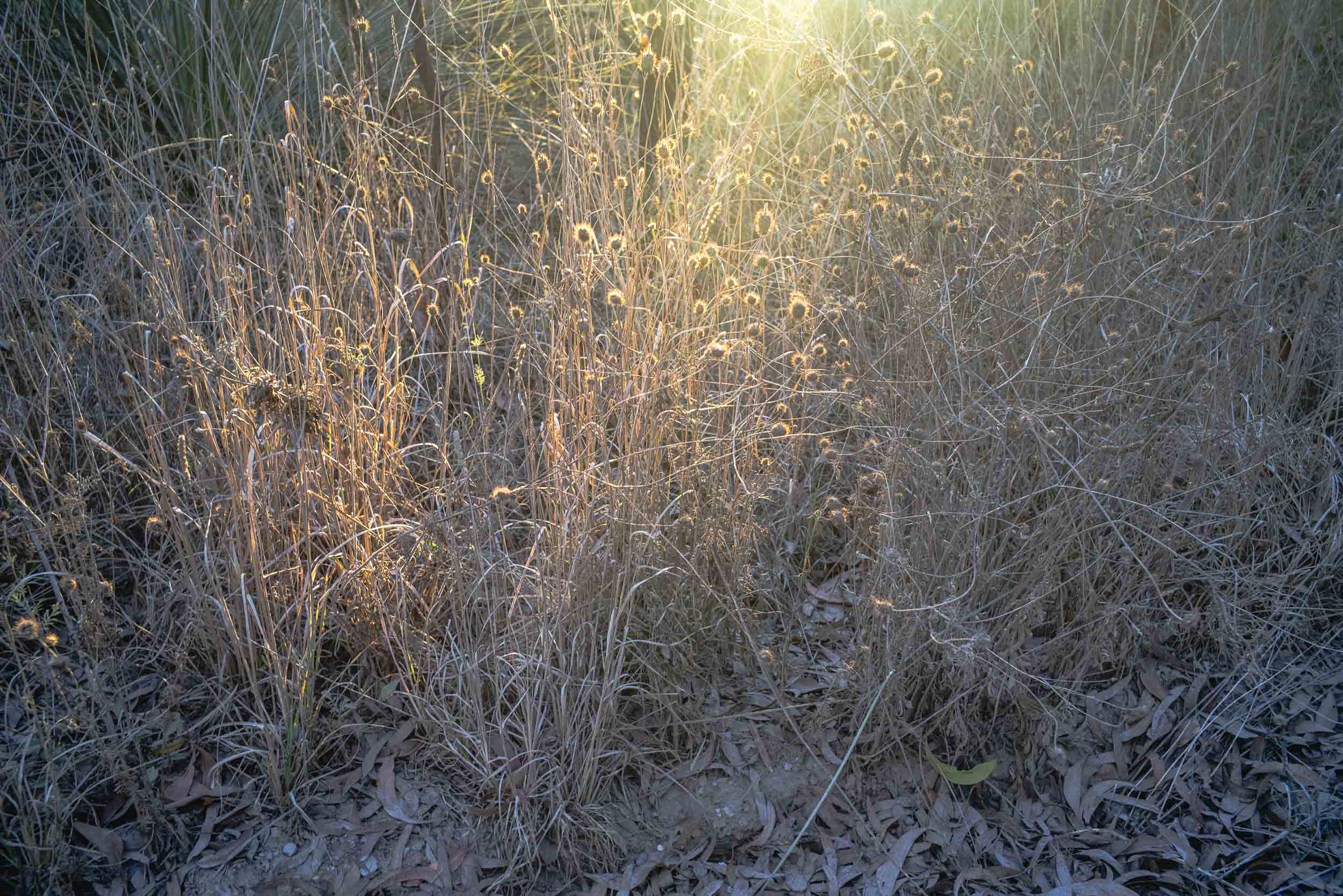
Being in the present moment is crucial because the early morning light that starts to shine through the trees (pink gums and grass trees) is fleeting, and it is constantly shifting as the sun rises through the trees.
